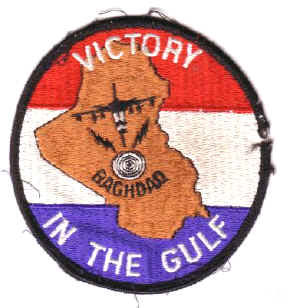 |
|
|||
|
|
||||
Army medical personnel were provided for two Australian surgical support teams on US Navy hospital ships in the area while other Army personnel served with one joint intelligence detachment and on individual exchanges with other allied armies. This Preliminary Gulf War Nominal Roll, prepared by the Department of Veterans' Affairs in Canberra, lists Australian Defence Force personnel involved in that conflict. It includes all personnel involved in the hostilities and associated operations in the Persian Gulf from August 1990 to September 1991. After the ceasefire, an unsuccessful revolt of Kurdish dissidents occurred in Iraq. Operation 'Habitat' was launched to assist Kurdish refugees in northern Iraq, with over 70 Army personnel being provided to give engineering, medical, dental and logistic support. The Army also provided engineer officers to assist UNSCOM in the inspection of Iraqi chemical, biological and nuclear weapons capabilities. |
|
The Gulf War On 2 August 1990 Iraqi troops and tanks invaded the oil rich middle eastern country of Kuwait. Saddam Hussein, the leader of Iraq, announced that Kuwait was now part of his country. The United Nations condemned this action and placed restrictions on trade with Iraq. On 17 January 1991 British, US and Kuwait aircraft took off from Saudi Arabia to begin a series of air strikes against the capital city of Iraq, Baghdad. The Iraqi forces began firing Scud missiles at Israel and Saudi Arabia. Iraq then announced that it would leave Kuwait under certain conditions but these were not acceptable to the allies. On 24 February the allied defence forces, numbering over 700 000 troops, began a land attack, called 'Desert Storm'. After much bloody fighting and destruction, Kuwait City was liberated on 27 February. The Iraqi forces killed many Kuwaitis, looted the city and set fire to over 500 oil wells as they fled from Kuwait. This was the first 'microchip war' where the US unleashed high technology weapons. The allied forces lost 231 lives and Iraqi losses were estimated at least 100 000. An uneasy peace settled on the Middle East. Australia sent three support ships with 600 sailors plus an army air defence group to the Persian Gulf. Their non-combatant role was to check shipping to ensure that they were not carrying weapons to Iraq. A RAN diving team assisted in mine disposal work. Forty members of an Australian medical support team served on the US hospital ship, Comfort. The Australian ships in the Gulf War
|

